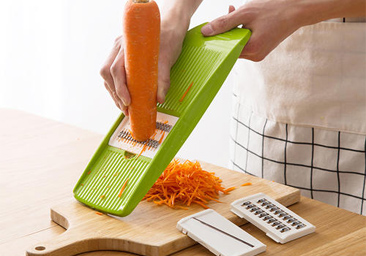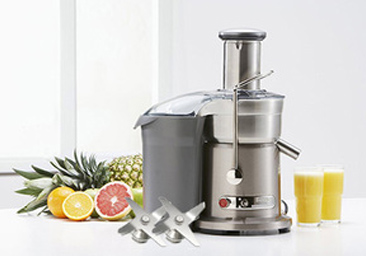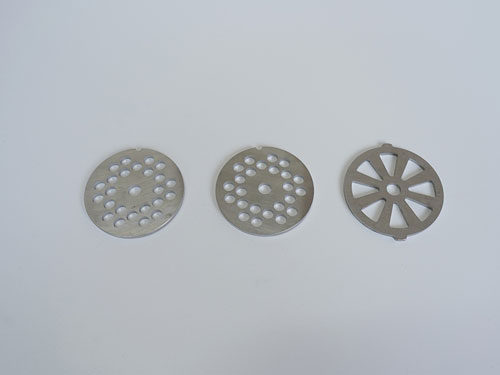
 Home > News
> News Information
Home > News
> News Information
With the continuous development of society and the improvement of social quality, precision metal stamping parts have penetrated into various fields and are now closely related to our lives. What are the technical requirements for precision metal stamping? The following will mainly introduce the primary factors that affect stamping processing, such as sheet metal, molds, equipment, stamping oil, etc.
1、 The material function of precision metal stamping parts
1. Chemical analysis and metallographic examination
Analyze the content of chemical elements in the material, determine the grain size grade and uniformity of the data, identify the grade of free carbides, banded arrangements, and non-metallic inclusions in the material, and check for defects such as shrinkage and porosity in the data.
2. Data viewing
The data of stamped parts mainly refers to the data of hot-rolled or cold-rolled sheet metal strips. The original data of precision metal stamped parts must have quality certificates to ensure that the data meets the technical requirements of the rules. When there is no quality certificate or other reasons, the hardware stamping parts factory can choose the original factory materials for re inspection according to requirements.
3. Forming Function Experiment
Conduct tortuous and cupping experiments on the data, measure the work hardening index and plastic strain ratio of the data, and refer to the regulations for thin steel plate forming function and experimental methods for other experimental methods related to steel plate forming function.
4. Hardness testing
Rockwell hardness tester is used for hardness testing of precision metal stamping parts. Small stamped parts with disordered shapes can be tested using other testing instruments.
2、 Technical requirements for precision metal stamping parts
1. When designing the structural shape of precision metal stamping parts, simple and reasonable shapes and their combinations should be selected, and efforts should be made to reduce the number of processed shapes and processing areas.
2. In mechanical manufacturing, selecting a reasonable blank preparation method can directly use profiles, casting, casting, stamping, and welding. The selection of raw materials is related to detailed production skill conditions, generally depending on production batches, data functions, and processing possibilities.
3. The requirements for precision metal stamping forming function include outstanding plasticity, small yield to strength ratio, large plate thickness directional coefficient, small plate plane directional coefficient, and small yield strength to elastic modulus ratio in order to facilitate stamping deformation and improve product quality. The process of separation does not require data to have good plasticity, but rather requires data to have a certain degree of plasticity.
4. Conventional and appropriate manufacturing precision and surface roughness. The cost of precision metal stamping parts will increase with the improvement of precision, especially in cases of high precision. So, do not pursue high accuracy without sufficient evidence. Similarly, the surface roughness of precision metal stamping parts should also be appropriately specified according to the actual needs of the matching surface.
3、 Selection criteria for metal stamping oil
1. Silicon steel plate: Silicon steel plate is a relatively simple stamping material. Generally, in order to ensure the easy cleaning of the workpiece product and prevent the occurrence of stamping burrs, low viscosity stamping oil is selected.
2. Carbon steel plate: Carbon steel plate is mainly used for low precision processing such as protective plates for some mechanical equipment with low process requirements. Therefore, when choosing stamping oil, attention should be paid to the viscosity of the stretching oil.
3. Galvanized steel plate: Galvanized steel plate is a welded steel plate with a hot-dip coating or electroplated zinc coating on the outer surface. Due to the chemical reaction with chlorine containing additives, attention should be paid to the possibility of white rust caused by chlorine containing stamping oil when selecting stamping oil.
4. Copper and aluminum alloy plates: Due to the good ductility of copper and aluminum, when choosing stamping oil, it is possible to choose stamping oil containing oil-based agents and good sliding properties to prevent the use of chlorine containing molds from increasing stamping oil, otherwise stamping oil will corrode and cause discoloration of its appearance.
5. Stainless steel: Stainless steel is prone to work hardening and requires tensile oil with high oil film strength and good sintering resistance. Generally, stamping oil containing sulfur and chlorine composite additives is used to ensure extreme pressure machining function and prevent problems such as burrs and fractures in the workpiece.


.jpg)






